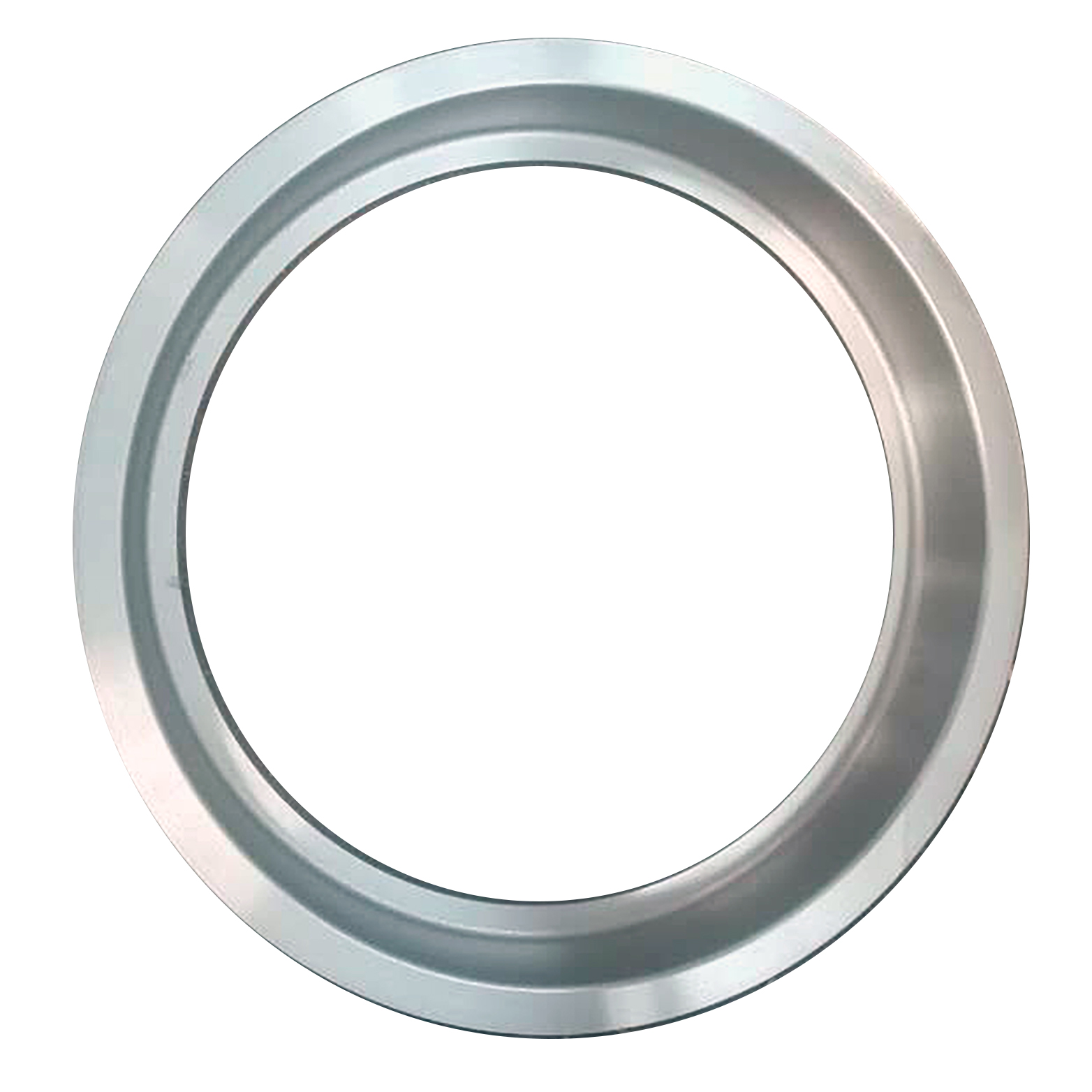- Afrikaans
- Albanian
- Amharic
- Arabic
- Armenian
- Azerbaijani
- Basque
- Belarusian
- Bengali
- Bosnian
- Bulgarian
- Catalan
- Cebuano
- China
- China (Taiwan)
- Corsican
- Croatian
- Czech
- Danish
- Dutch
- English
- Esperanto
- Estonian
- Finnish
- French
- Frisian
- Galician
- Georgian
- German
- Greek
- Gujarati
- Haitian Creole
- hausa
- hawaiian
- Hebrew
- Hindi
- Miao
- Hungarian
- Icelandic
- igbo
- Indonesian
- irish
- Italian
- Japanese
- Javanese
- Kannada
- kazakh
- Khmer
- Rwandese
- Korean
- Kurdish
- Kyrgyz
- Lao
- Latin
- Latvian
- Lithuanian
- Luxembourgish
- Macedonian
- Malgashi
- Malay
- Malayalam
- Maltese
- Maori
- Marathi
- Mongolian
- Myanmar
- Nepali
- Norwegian
- Norwegian
- Occitan
- Pashto
- Persian
- Polish
- Portuguese
- Punjabi
- Romanian
- Russian
- Samoan
- Scottish Gaelic
- Serbian
- Sesotho
- Shona
- Sindhi
- Sinhala
- Slovak
- Slovenian
- Somali
- Spanish
- Sundanese
- Swahili
- Swedish
- Tagalog
- Tajik
- Tamil
- Tatar
- Telugu
- Thai
- Turkish
- Turkmen
- Ukrainian
- Urdu
- Uighur
- Uzbek
- Vietnamese
- Welsh
- Bantu
- Yiddish
- Yoruba
- Zulu
Spa . 19, 2024 08:57 Back to list
Ductile Iron Casting Manufacturers and Their Production Processes in Modern Industry
Ductile Iron Casting Factories An Overview
Ductile iron, also known as spheroidal graphite iron, has become increasingly popular in various industrial applications due to its exceptional mechanical properties and versatility. In recent years, the demand for ductile iron castings has surged, leading to significant developments in ductile iron casting factories worldwide. This article explores the characteristics of ductile iron, the casting process, and the role of factories in producing high-quality cast components.
Understanding Ductile Iron
Ductile iron is an alloy of iron, carbon, and silicon, characterized by its unique microstructure. Unlike traditional cast iron, which contains flake graphite, ductile iron features spherical or nodular graphite, which imparts enhanced strength, ductility, and toughness. These properties make ductile iron an excellent choice for applications requiring high-load-bearing capabilities, such as automotive components, heavy machinery, and infrastructure projects.
The exceptional tensile strength and impact resistance of ductile iron allow it to withstand extreme conditions, making it a preferred material in industries ranging from automotive to construction, mining, and energy. As a result, ductile iron casting factories are pivotal in supplying the manufacturing needs of these sectors.
The Casting Process
The production of ductile iron castings typically involves several key processes, including the melting of raw materials, pouring the molten iron into molds, and subsequent cooling and finishing. The process begins with high-quality pig iron, scrap iron, and alloying materials like magnesium. The raw materials are melted in a furnace, often using electric arc or induction heating, achieving temperatures exceeding 1400°C (2550°F).
Once the molten iron is obtained, magnesium is added to the mixture. This is a critical step, as magnesium promotes the transformation of graphite from flake to spherical form. The amount of magnesium added and the control of the pouring temperature are vital to ensure the desired microstructure and mechanical properties of the final product.
ductile iron casting factories

After mixing, the molten ductile iron is poured into pre-prepared molds. These molds can be made from sand or metal, depending on the specifications of the casting. Once the iron cools and solidifies, the mold is removed, leaving behind a rough casting that requires further finishing processes like machining, grinding, and surface treatments.
The Role of Ductile Iron Casting Factories
Ductile iron casting factories play a crucial role in ensuring the production of high-quality castings that meet stringent industry standards. These factories are equipped with advanced technologies and skilled workforce capable of producing complex and large-scale castings. They adhere to international quality standards and often implement rigorous quality control measures throughout the entire manufacturing process.
Modern factories utilize computer-aided design (CAD) and computer-aided manufacturing (CAM) systems to enhance productivity and precision. This allows them to create intricate designs and perform simulations to identify potential issues before production begins. Additionally, many factories have adopted lean manufacturing principles to minimize waste and optimize resource utilization, resulting in cost savings and environmental sustainability.
Moreover, ductile iron casting factories are increasingly embracing automation and robotics to improve efficiency and reduce human error during production. Automated pouring systems and robotic finishing tools ensure greater accuracy and consistency in the dimensions and quality of castings.
Challenges and Future Trends
Despite the numerous advantages of ductile iron casting, factories face several challenges, including fluctuations in raw material prices, competition from alternative materials like aluminum and composites, and environmental regulations regarding emissions and waste management. To address these challenges, manufacturers are investing in research and development to enhance alloy formulations and casting processes, aiming to improve end-product performance and reduce environmental impacts.
In conclusion, ductile iron casting factories are integral to the supply chain of multiple industries, providing high-quality components that leverage the unique properties of ductile iron. As technology continues to evolve, these factories are likely to play an even more crucial role in meeting the growing demand for durable and efficient castings, ensuring that they remain at the forefront of metal casting innovation. With ongoing advancements in manufacturing techniques and automation, the future of ductile iron castings looks promising, poised for further growth and expansion in various sectors.
-
8mm Thin-Walled Cast Steel Manhole Cover Pallet Bottom Ring | Durable
NewsAug.04,2025
-
Premium Cast Iron Water Main Pipe: Durable, Corrosion-Resistant
NewsAug.03,2025
-
Durable Cast Iron Water Mains | AI-Optimized Systems
NewsAug.02,2025
-
High-Efficiency Propane Boiler for Baseboard Heat | Save Energy
NewsAug.01,2025
-
Premium Source Suppliers for Various Gray Iron Castings
NewsJul.31,2025
-
Durable Cast Iron Water Main Pipes | Long-Lasting
NewsJul.31,2025


